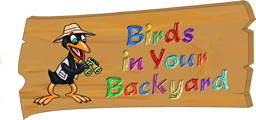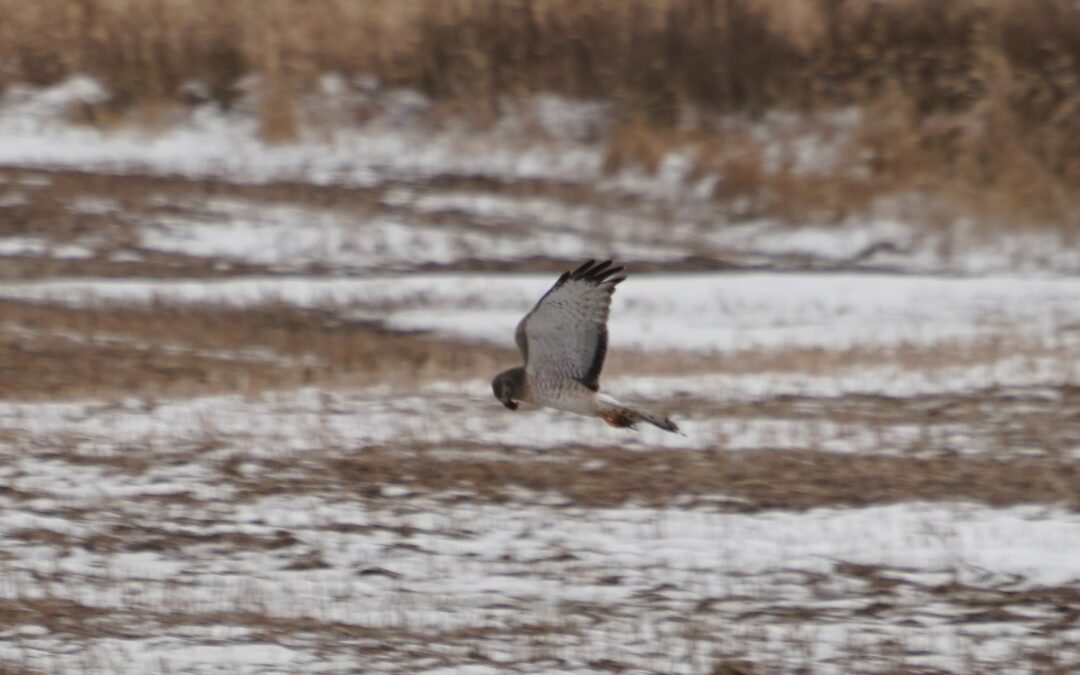Hi everyone! Happy New Year! I’m so glad to be back on the blog to share more of my adventures in backyard birdwatching.
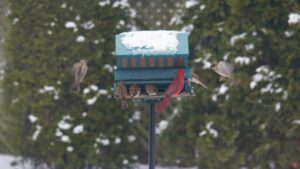
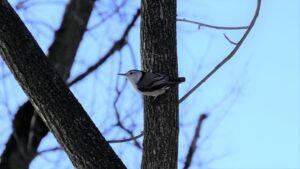
This holiday season has been a little strange. With people spending more time at home and taking important safety precautions, I’ve found myself looking for different ways to connect virtually with my loved ones. One of the things I have started doing is sharing photos of the birds I see with my friends and family. I have found that it is a great way to connect and makes it easy to start a conversation when there’s not much to talk about. I always get excited when I see a new bird or observe a new bird behaviour, and sharing my excitement means I have a way to feel closer to people I don’t see so much. Even better, I have been receiving lots of photos of birds from my friends and family, even ones that I don’t always see at my bird feeder! What do you like to do to help you feel connected to others? Why not try sending a cool bird picture? Maybe they will think of you when they see a bird in their backyard and snap a picture to send you.
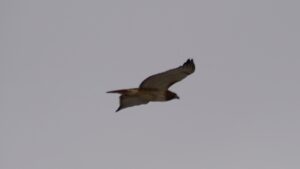
Today I want to talk about a really special type of bird I have been seeing a lot of. I see them mostly when I am in the car on a country road. They are often spotted when travelling on the highway, in trees by the side of the road or on power lines. Do you know what type of bird I’m talking about? That’s right, raptors! Raptors, also known as birds of prey, are birds who hunt and feed on other small animals, and usually during the daytime. There are many different species that fall into this category and sometimes they are a little tricky to differentiate. Some different types of raptors that you might know are Cooper’s hawk, Red-tailed hawks, Merlin or Snowy Owls.
They are excellent flyers and have swift navigational skills as they use their wings and tails to steer themselves in the air. Raptors also share three main characteristics: strong feet with sharp talons, a hooked beak and a meat diet. They have many different methods for hunting their prey and are fascinating to watch. Every time I see a bird which I identify as a raptor I try to take a close look at the colour of their feathers. Knowing it is a raptor is the easy part! It takes a lot of skill to identify specific species, and many experienced birders find it difficult too, but a good way to start learning how to identify them is to try and gauge their approximate size, shape, and colour. From there, you can slowly build your knowledge about the subtle differences in colouration, especially between the Cooper’s Hawk and Red-tailed Hawk. I think that a good place to start when trying to identify different species of hawks is to try and see whether or not the bird is a mature bird (adult) or a young bird (juvenile). A juvenile often has a predominantly white chest with brown spots or vertical stripes, a mature Hawk is usually more uniform in its chest colour with more subtle horizontal bands, especially between the Cooper’s and the Sharp-shinned. The big birds you see right now along the highways and country roads, perched on lampposts, road signs, guardrails, telephone poles, and trees are typically Red-tailed Hawks. The adults will have the reddish or rust-colored tail. The belly-band on the Red-tailed Hawk is dark on some birds and faint on others. A Cooper’s Hawk is roughly the size of an American Crow while the Red-tailed Hawk is considerably larger. Cooper’s Hawks mostly eat other birds while Red-tailed Hawks mostly eat small mammals. But they both cross over to other food types depending upon the season and when an easy opportunity exists. I saw a Red-tailed Hawk in our backyard a couple times last month, which is a bit unusual. Cooper’s Hawks are more likely in an urban setting, especially if bird feeders are attracting little birds. And if you see a raptor in the city making wicked, aerial maneuvers as it slashes through bushes and trees and sometimes flies just above the ground as it makes a sneak attack, that will be the Cooper’s Hawk. A Red-Tailed Hawk is more lumbering as it typically just swoops down on its prey from a perch.
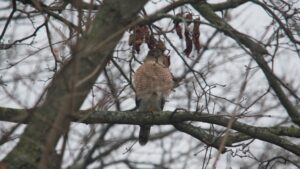
Cooper’s Hawk
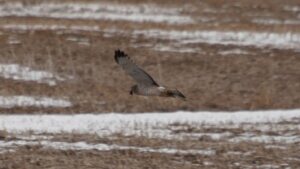
Red-tailed Hawk
This is just the beginning of raptor identification so don’t be discouraged if you find it challenging. Maybe in your observations you will pick up different markers which help you with identification such as flight pattern, eye colour or head shape. If you want to see a raptor up close, the Mountsberg Raptor Centre in Halton is a great place to visit or Canadian Raptor Conservancy, look for Birds of Prey shows near you. I know I enjoy watching and learning about raptors every chance I get, and I hope you do too!
That’s all for this week. I hope you send out some of your bird pictures to friends and family and that they send you one too! Don’t forget to keep an eye out for a raptor on your next ride through the country. Let me know what you notice about them that might help you to identify them.
